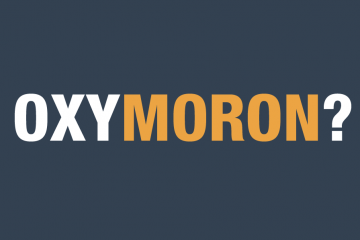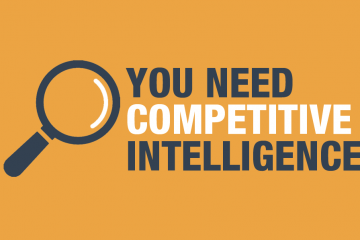Few people can disagree that the software Development Lifecycle (SDLC) has changed dramatically over the last 10 years or so. New technologies such as hardware-as-code, network-as-code and configuration-as-code have accelerated the whole software development cycle. New disciplines, devops, secops, and testops, have taken advantage of these technologies to further streamline and reduce release cycle time. Containerization has given rise to easier and faster deployment of solutions. All of these have contributed to a Continuous Integration/Continuous Delivery, or CD/CD, of software solutions. Releases are now completed in a few months versus yearly. While this has done a lot to optimize the tail of the product realization dragon, Product Management can find themselves a little overwhelmed at the speed at which this all moves.
As well as development, testing and deployment tools, project management tools have also been impacted in this transformation. Product requirements are constantly being moved closer to the CI/CD pipeline. Atlassian provides a tool set that is primarily geared to incremental realization of product requirements. Coupled with an agile development flow, product requirements become a very fluid animal. They can be changed in days and weeks. GitLab has gone one level further and integrated product milestones and user requirements directly into the CI/CD pipeline. This allows management of user requirements to be handled automatically at the scripting level. This has created an environment that is fast flowing and difficult to manage by today’s Product manager.
What is needed is a simple tool, like a dashboard, that has the following attributes:
- Easy to understand
- Contains all Value Proposition elements
- Easy to manage
Fortunately, such a tool exists. A business model canvas, or Lean Canvas, can used to address these attributes. Probably one of its best attributes it its simplicity. The whole business plan can be represented in a PowerPoint or PDF document. Because of that simplicity it is easy to communicate the value proposition to all stakeholders, especially the development community. A second advantage of simplicity is data management. As product decisions are rapidly made in a CI/CD pipeline environment, the Lean Canvas can be quickly updated and reviewed. This is far more effective than a 10-20 page document.
ProductStart has made the job of managing a Lean Canvas even easier. By creating an information management system that is dedicated to a Lean Canvas output, granular management of the data can easily be achieved. Each of the Lean Canvas sections can be individually accessed to create and update its information. Further the solution creates copies of the canvases for future reference. This will allow the Product Manager to quickly generate and manage their products. Plus communicate with the stakeholders at the relatively break neck speed of the CI/CD pipeline.
A second challenge for product Managers in this fast pace environment is knowledge. All too often it is easy to forget the methodologies for creating high quality information in the Lean Canvas. Sometimes scouring the internet for those valuable nuggets of information may take as long as a software build/test cycle. The ProductStart solution contains a set of video training resources that are immediately available. These are broken down into major topics covering Lean Canvas creation and management. Each of these major topics is further reduced to 2-3 minute sections for a quick refresher on a specifically focused topic.
ProductStart has used a wealth of experience in managing software product delivery to provide a simple to use tool that will help a Product Manager, with lots or little experience, keep up with the ever-increasing tumult of the CI/CD pipeline.
We developed ProductStart (www.productstart.io) as a way for teams to communicate their strategy and plans in an agile way. We now offer a 30-day free trial – give it a try.


